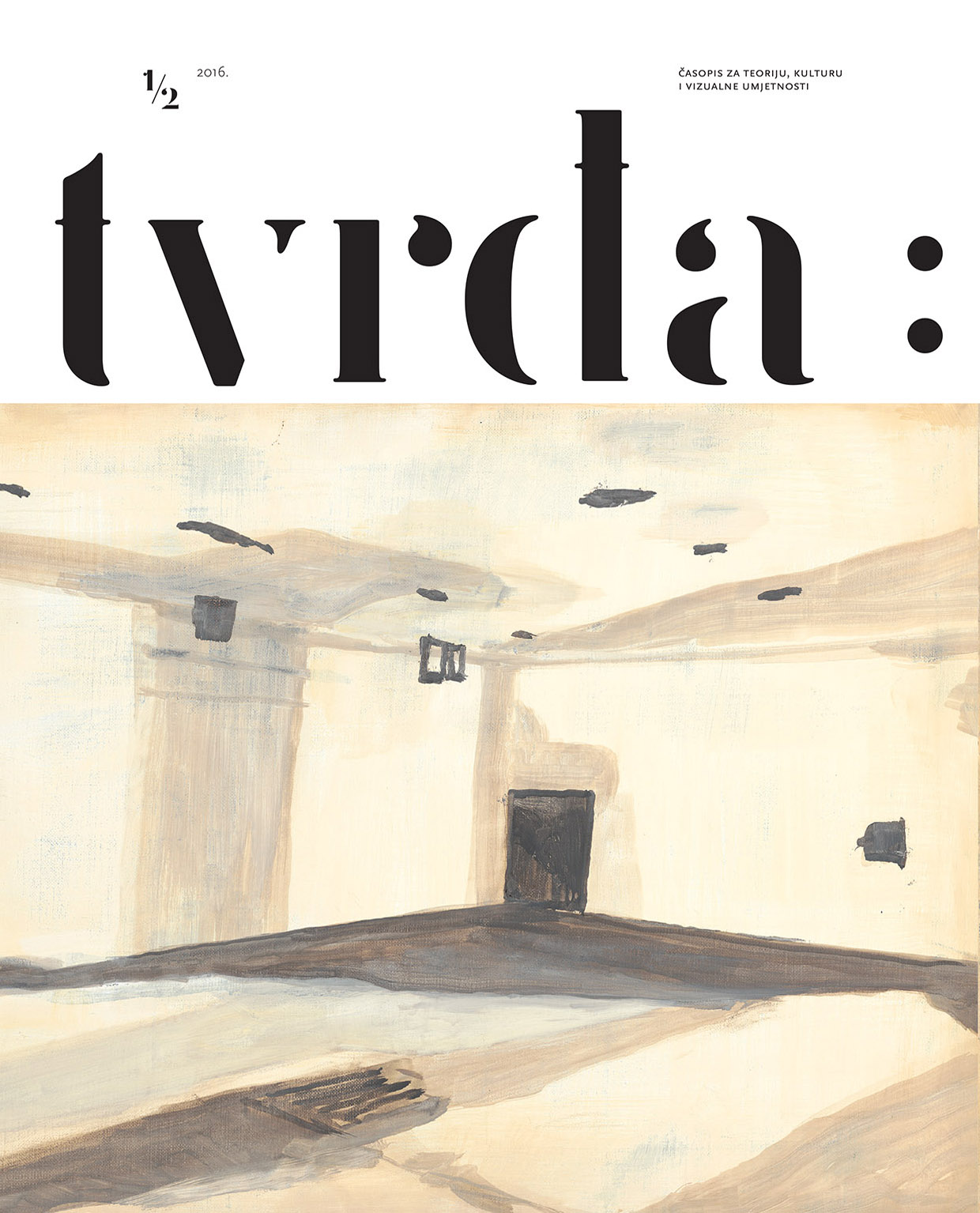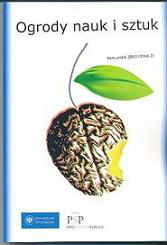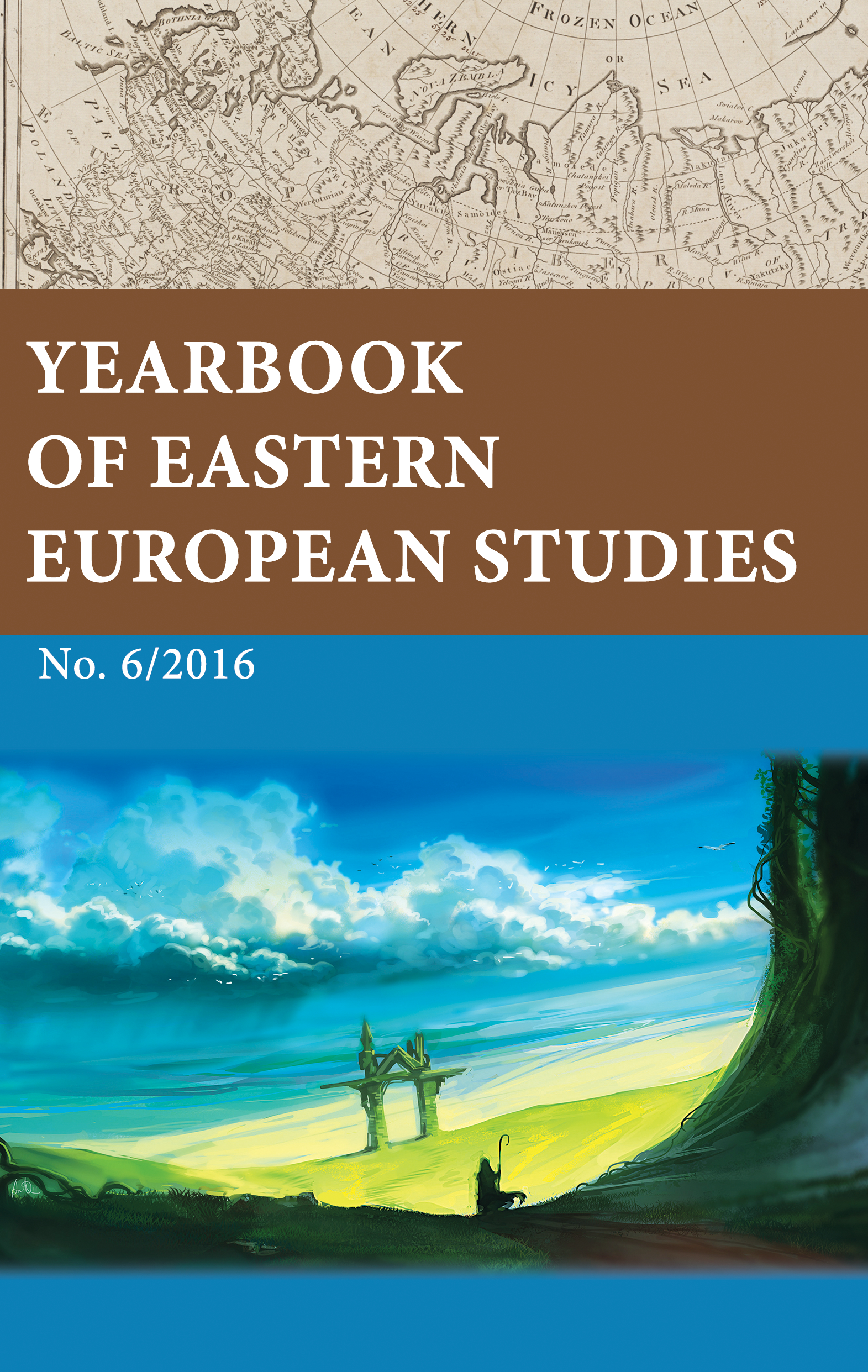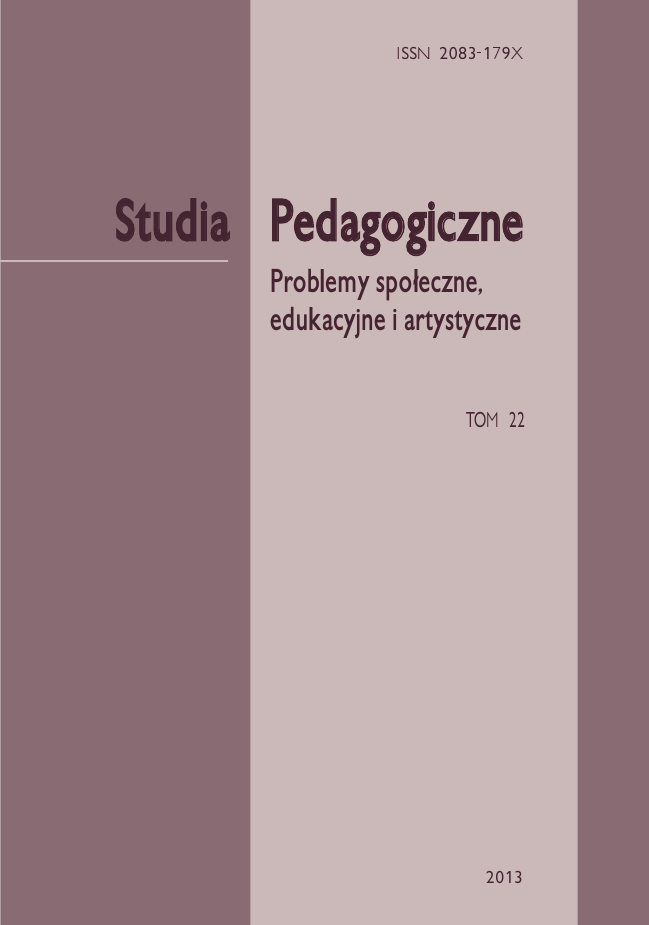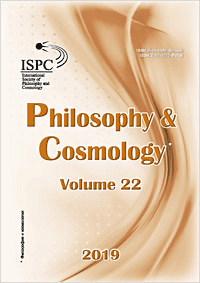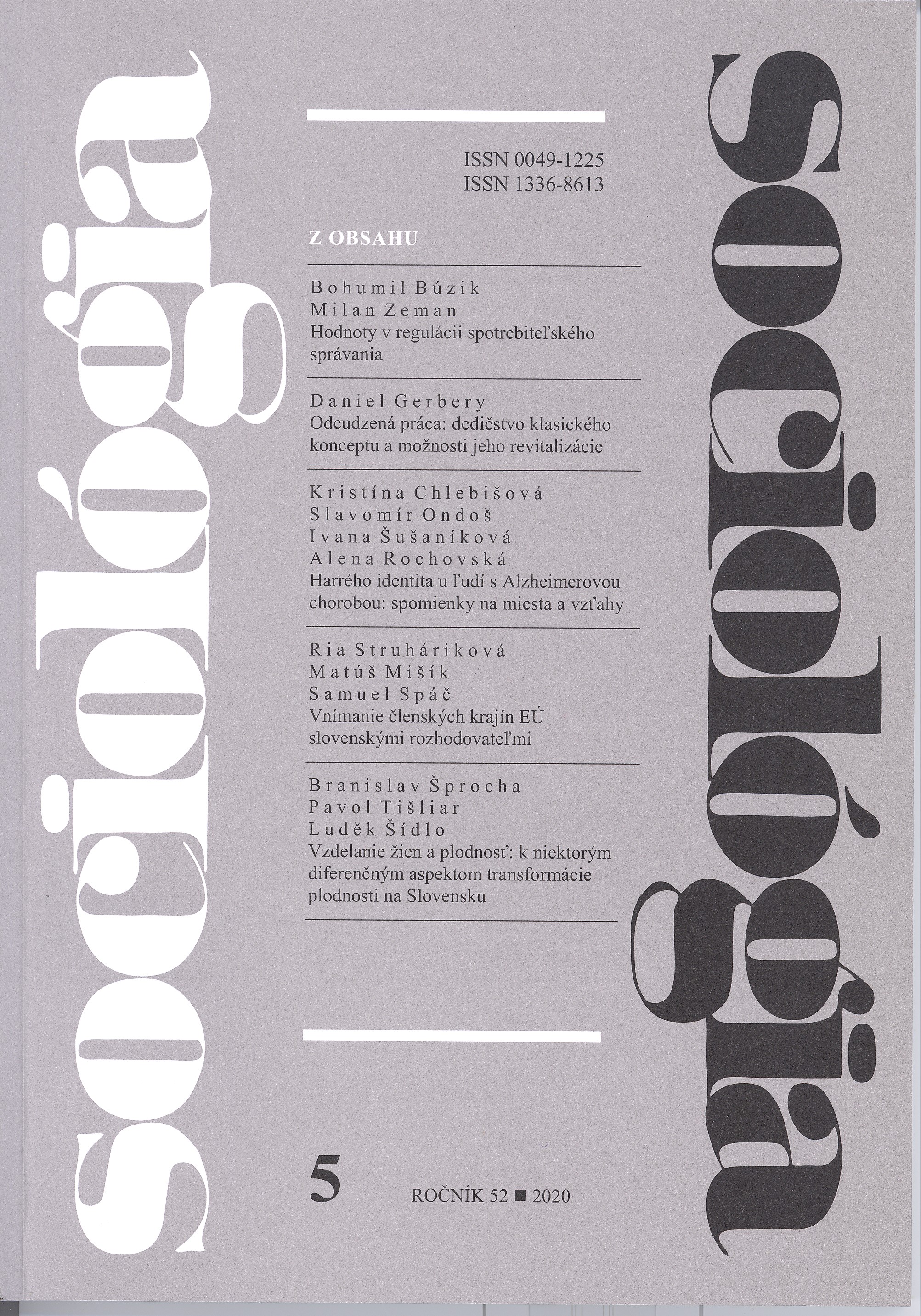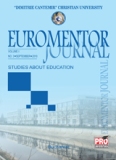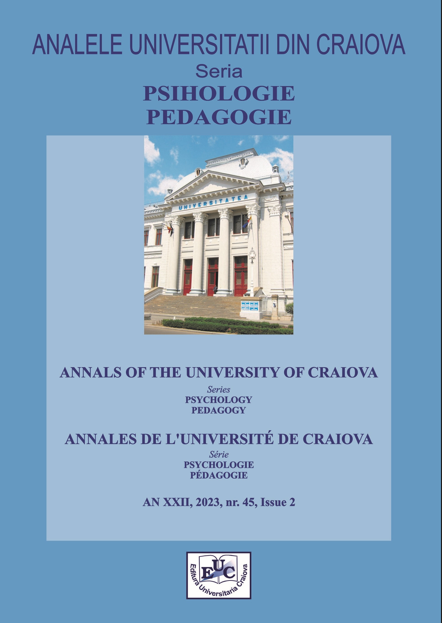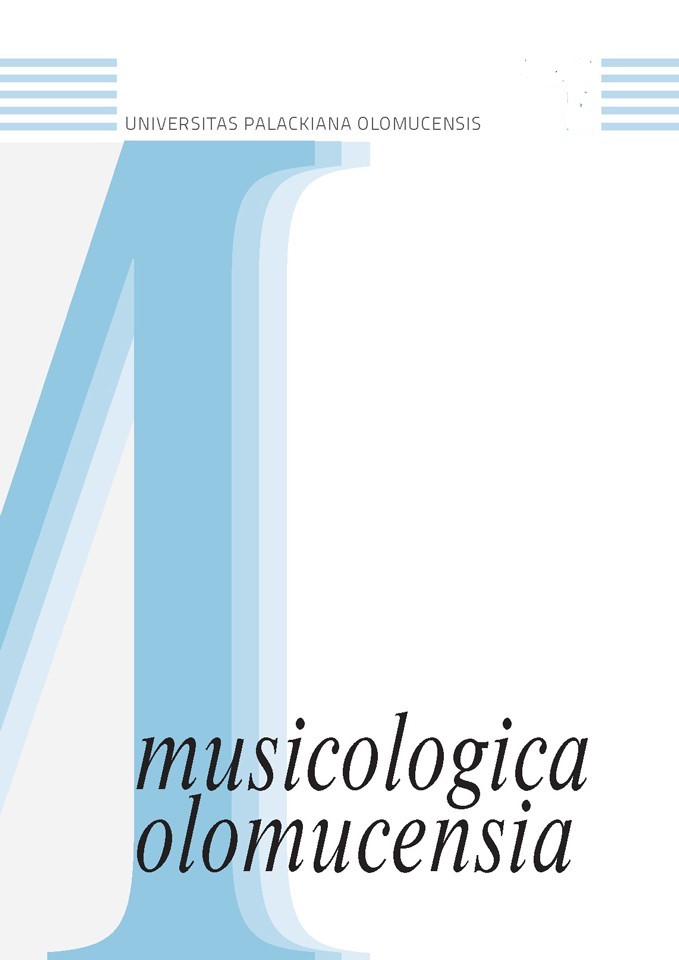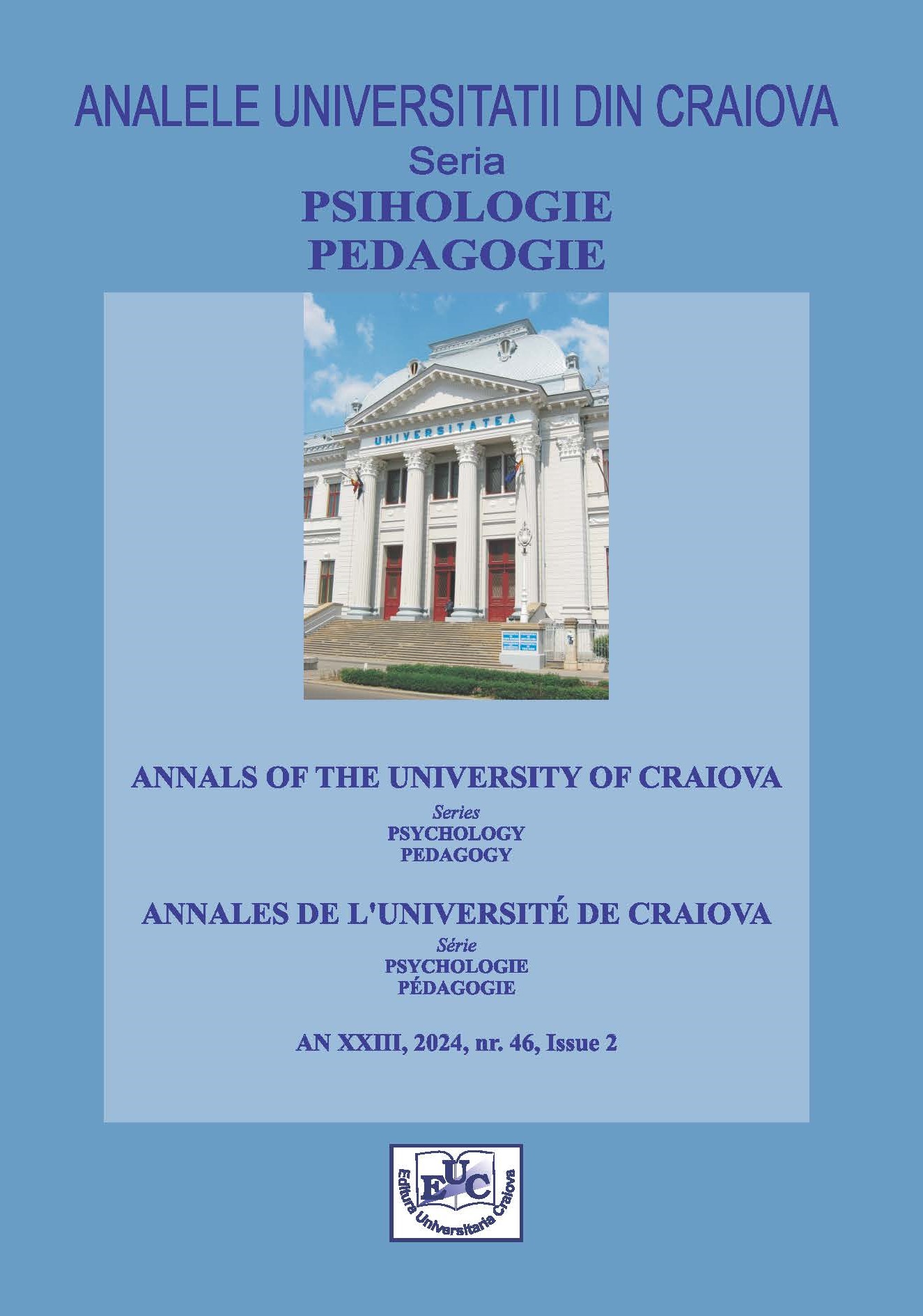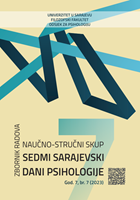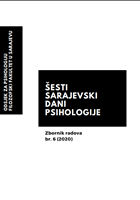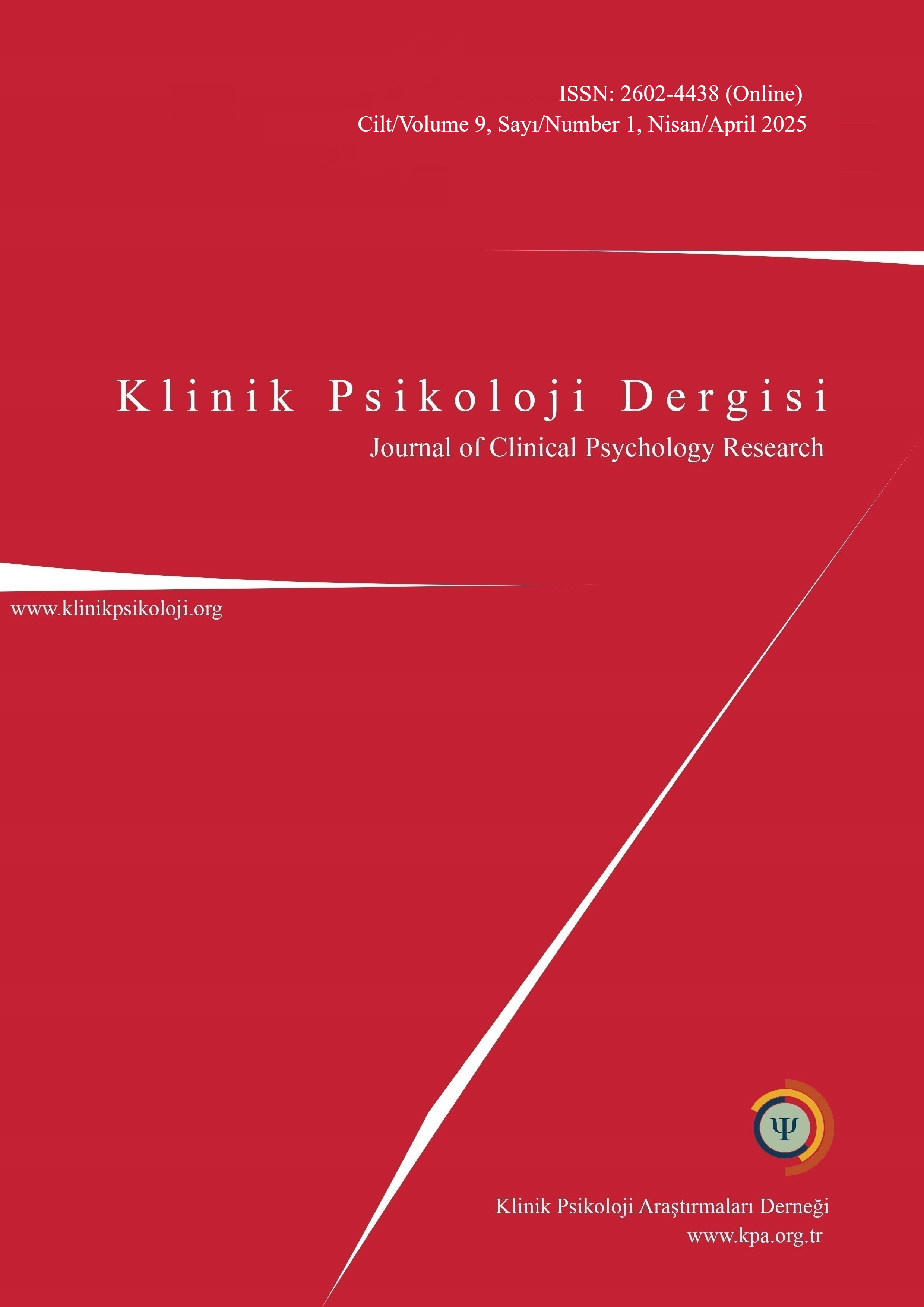Author(s): Amela Harmandić-Tabak / Language(s): Bosnian
Issue: 6/2020
Cognitive – behavioral model of panic disorder shows that a client can firs experience panic or a high level of anxiety because of biological vulnerability, stress or physiological causes like diseases. Senses of physiological arousal like dizziness, sweating or heart beating lead to wrong disastrous cognitive interpretations („I’m becoming crazy!“ or „I’m having a heart attack!“) and than, again, to increased physiological arousal. In that way, a panic circle is closed. Later, client makes wrong interpretations of physiological arousal as indicators that disastrous consequences will happened for sure. In that way, client is developing anticipated anxiety and avoid situations connected with a risk of panic attack. Besides avoiding behavior, client can develope safety behavior with a tendency to decrease anxiety. Therefore, avoiding behavior and safety behavior only maintain panic disorder. Main goal of this work is review of cognitive conceptualization with cognitive and behavioiral techniques in treatment client with panic disorder and raising level of client’s functioning. Efficiency of cognitive-behavioral treatment reflects in successful achievement of goals set by client in the beginning of therapy: learning coping with panic attack techniques, decreasing number of panic attack, drive a car, increase number of social meetings, staying home alone, increase level of physical activity. Some of techniques used in this case are: abdominal breathing technique, behavioral activation, monitoring and planning activities with enjoyment grades, exposure, attention distraction techniques, cognitive restructuration... As a result of treatment client starts to drive a car again which was the biggest problem for him, he activated him self more physically so his functioning level increased. As his anxiety started to decrease, level of depression decreased as well so his quality of life got better.
More...
